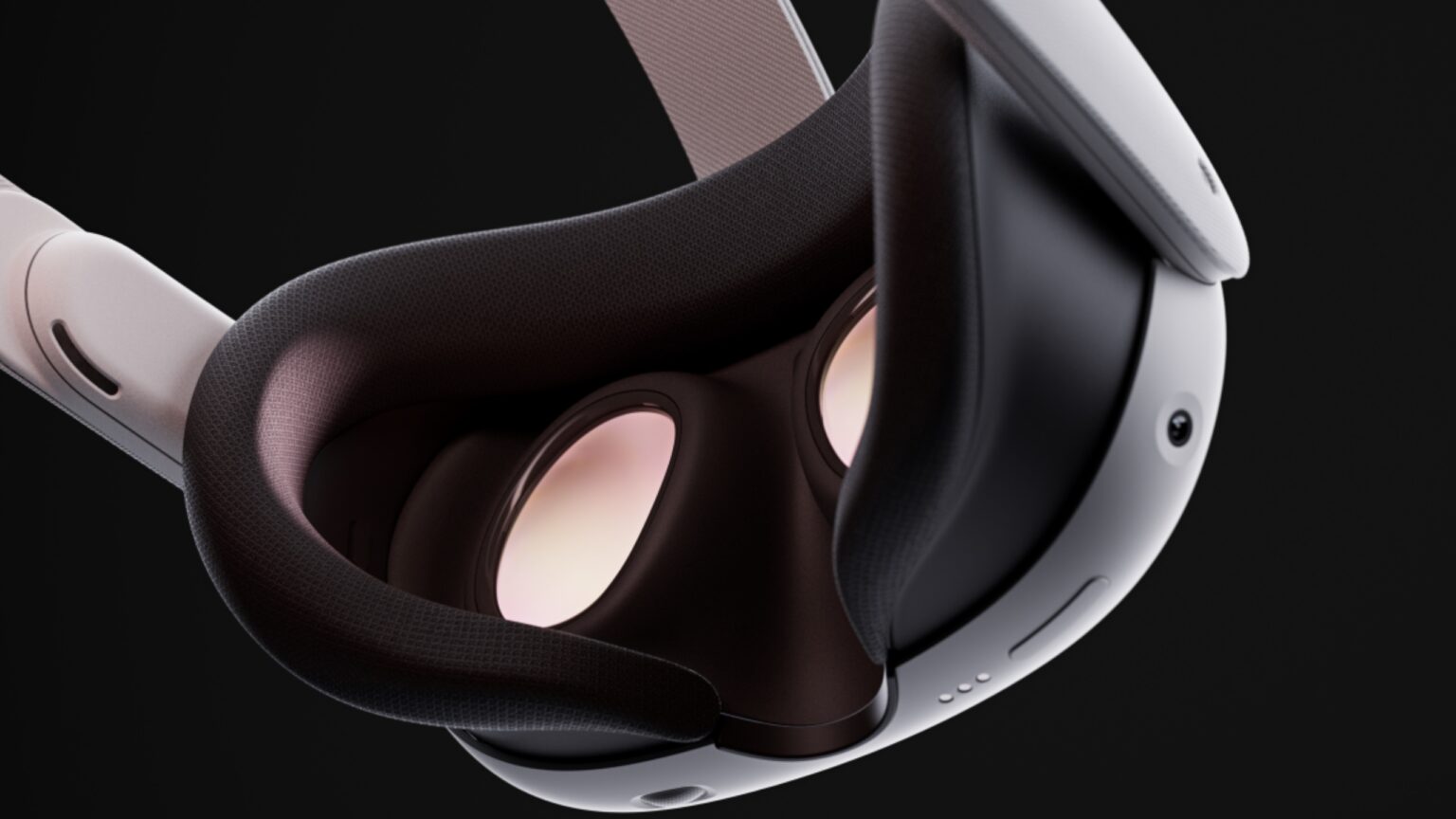VR has emerged as a potential game-changer for those seeking a futuristic fitness regimen. Its ability to transport users to alternate worlds promised not just intensive workouts but an escape from the mundane.
However, users of Quest 2, the predecessor to Meta’s latest offering, often found themselves restricted, either due to space or the fear of collisions. With the release of Quest 3 at Meta Connect 2023, Meta attempts to counteract these concerns through mixed reality.
While Quest 2 offered a VR-driven fitness experience, its limitations became evident when users had to maneuver within confined spaces. Even as engaging apps like Supernatural became popular, many were constrained to a narrow circle, making exercises like HIIT moves almost impossible.
During the Meta Connect demo, users could experience a blend of the virtual and the real. The new MR mode in popular games like Les Mills Bodycombat provided an enhanced front 180º field of vision while allowing a clear view of one’s surroundings.
Mark Zuckerberg reveals Facebook's First 'Al Glasses' during Metaconnect yesterday!
According to Zuck, these will be the first Glasses with 'Meta Al' integrated.
In his demos the Al showcase 'Jarvis' like (Iron Man's personal Al assistant) capabilities assisting humans with… pic.twitter.com/MuDfBlspsw
— The Daily Ai (@The_DailyAi) September 28, 2023
This mixed reality passthrough, combined with a more responsive Snapdragon XR2 Gen 2 and extra RAM, reportedly ensures users can workout safely without fearing collisions.
Redefining fitness interactions
According to people familiar with the matter, one of the striking features of Quest 3 is its depth sensor, which enables better hand tracking and spatial recognition.
Unlike its predecessor, where picking up weights or determining one’s proximity to objects was challenging, the Quest 3 offers a crisp, full-color passthrough. Users can confidently reach for their yoga mats and dumbbells or even perform exercises like burpees without hesitation.
Given the stark difference in passthrough quality between Quest 2 and Quest 3, a pertinent question arises if developers will focus on creating mixed-reality-only fitness experiences. The inferior black-and-white passthrough of Quest 2 might deter developers from making MR-focused apps compatible with it. With Quest 3 offering 10X more pixels, creating exclusive MR apps for this platform seems viable. The larger the user base for Quest 3 grows, the more developers may feel incentivized to target this platform exclusively, potentially offering a diverse range of MR fitness experiences.
The issue of VR-induced motion sickness cannot be ignored. Even as Quest 3 boasts a vivid mixed-reality experience, complete immersion in a VR world may still induce nausea for some.
Meta’s Chief Product Officer, Chris Cox, highlights how mixed reality drastically improves the VR experience’s comfort. However, achieving a seamless transition from reality to VR and back remains challenging.
For those sensitive to motion-induced nausea, mixed reality may be the panacea they’ve been seeking. With a limited number of games currently available, it’s a nascent space with immense potential.

The road ahead
Meta Connect 2023 has set the stage for Quest 3 to revolutionize how the industry approaches VR fitness. With mixed-reality experiences still in their infancy, Quest 3 offers a glimpse into a future where fitness transcends conventional boundaries. While it remains to be seen how well the device can integrate real-time heart rate data and workout analytics, the foundation for a promising fitness future is being laid.
As Meta leverages its platforms and acquisitions, such as Supernatural, there’s ample scope for exclusive MR workouts tailored for the Quest 3. Only time will determine the device’s success, but the horizon looks promising for fitness enthusiasts keen on a blend of the virtual and the real.









 and then
and then